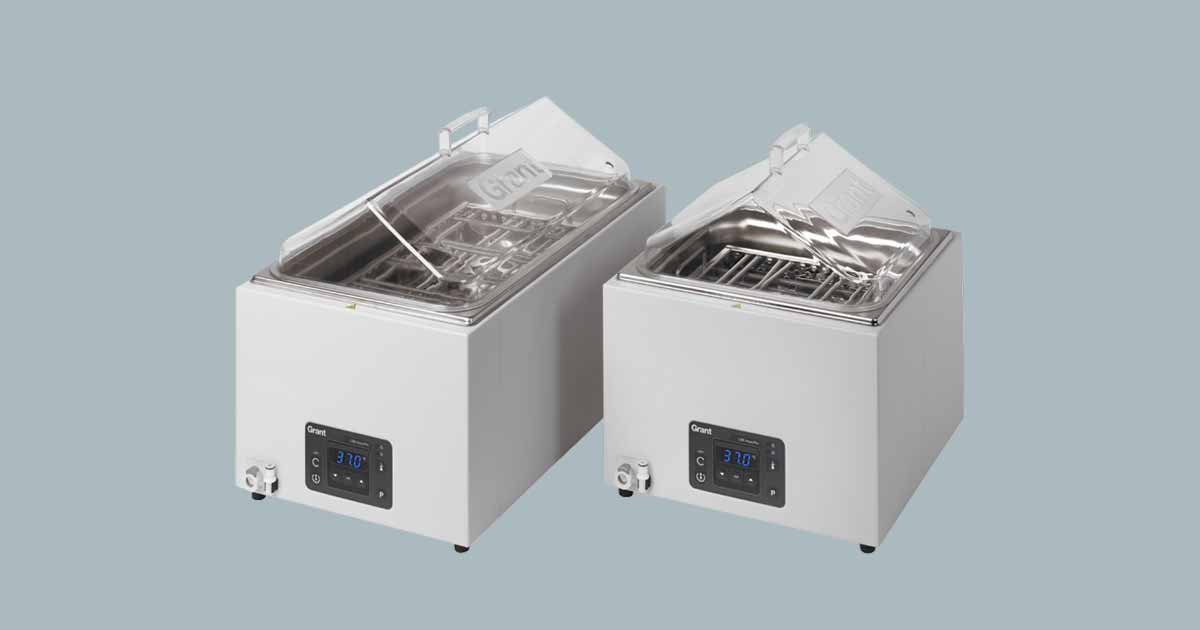A laboratory water bath is a vessel filled up with heated water that’s used to brood samples at a steady temperature for extended periods. This equipment is substantially used during incubation in laboratory work because water can keep heat so well, it can also permit chemical responses to occur once the water reaches a particular temperature.
A water bath is generally resorted to when the vital temperature is below the anticipated range. For advanced temperatures, other procedures similar to oil painting cataracts or beach cataracts should be employed.
It’s substantially used in clinical and microbiology laboratories, and indeed food specialized laboratories can use it for heating reagents, for instance, liquefying erosion tests and bacteria assessments. A water bath can warm up a small quantum of liquid instance over a long period without altering the attention of factors by evaporation.
Features of a Laboratory Water Bath
Tank Bath:- In the vessel, the test samples are left in hot water for a longer duration of time. The tank of a laboratory water bath is made up of defended essence, similar to a pristine sword.
Container Lid:- The cover aids to sustain the coating of holders so that water doesn’t fade out of them. It is primarily made up of warmth-resistant glass or defended essence.
Heater: This outfit contains a temperature sensor, which helps to induce heat.
Thermometer:- This helps to check the temperature of the water bath. Occasionally it’s erected inside or put in independently.
Regulator:- A controller enables the conservation of the temperature of a water bath at a steady position.
Stirring device:- It helps to distribute the water inside the water club.
Outlet:- It aids to get the water out of the container.
Indicator light:- All standard water cataracts should correspond to an index light. When the light is faced to the water bath, it starts heating up. When the water bath attains the necessary temperature position, the light will be put off to conserve the steady temperature.
Handling Procedure of a Laboratory Water Bath
Unleash the vessel’s lid and fill it with water up to the laboratory bath’s height. Also strain it. Red Light and unheroic light will reflect.
With the operation of a temperature control clump, fix the temperature and let it increase to the asked position. After achieving the necessary temperature with the backing of a thermometer, unlock the vessel’s lid and position the sample inside for the necessary time.
Upon fruition, take out the instance and put off the outfit and main power. Also, pour all water from the vessel through the stopcock and dry the instrument before replacing the cover.
READ ALSO: Suction Catheter: Different Types, Sizes, Uses and Suctioning Technique
Types of Laboratory Water Bath
Laboratory water bath are accouterments, used in medical laboratories to heat or cool reagents. They’re also known to have different kinds available, each cooked for precise operations. Some familiar kinds of laboratory water cataracts are:
Wobbling Water Bath
A wobbling water bath has an oscillating medium that delivers a soft uproar of the samples. It comprises a vessel plugged with water that’s hotted to an asked temperature using reheating-app element samples to be incubated, deposited in tubes, and dipped in the water bath.
The temperature of the water bath is typically regulated by employing a temperature control system.
Circulating Water Bath
This kind makes use of a pump to distribute water through the bath, sustaining a harmonious temperature all through. It’s also salutary for conserving the temperature of selections that need factual and steady conditions.
Circulating water cataracts are suitable for incubating large volumes of samples at a constant temperature.
Ultrasonic Water Bath
Ultrasonic water bath of this kind uses veritably high-frequency wells to disturb the water and produce lumps that can dislodge contamination from surfaces or tools.
Oil Painting Bath
Oil painting cataracts are substantially used for high-temperature operations where water would dematerialize or boil down. They’re constantly used in procedures similar to distillation.
Dry Bath
Dry cataracts are a kind of laboratory water bath that’s employed for warming up samples in tubes, without the operation of water. They’re most salutary for operations where water would discourage the research or where exact temperature supervision is demanded.
Major uses of a laboratory water bath
Incubating cell societies: A lot of cell types require a precise temperature span for better growth and addition. They’re employed to deliver a durable and distinct temperature niche for incubating cell societies.
DNA modification: some procedures need accurate temperature control to consolidate DNA sequences.
Protein examination: Always involves hotting up or chilling samples to precise temperatures. Laboratory Water cataracts can be used to sustain the temperature of samples in protein-related rials.
Chemical responses: So numerous responses bear specific temperature prerequisites to begin with. They are typically employed to warm up or cool response fusions to the asked effect. Some solid composites require heat to dissolve in a detergent. It can be employed to heat the detergent and arouse up the liquefying process.
Microbial culture: Water cataracts can be employed to culture microbial societies for disquisition purposes, similar to tests for bacterial or fungal diseases.
References












